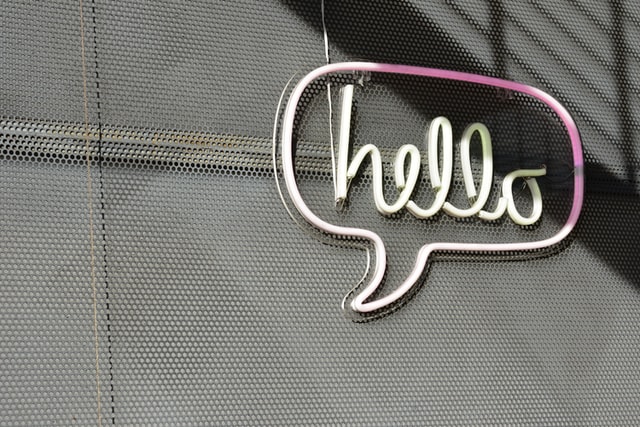What’s on a good contact page?
Pay close attention to your contact page. A contact page is an important page for many websites. It is the page from which visitors get information to get in touch with you. Last week I was asked what a good contact page should meet. What is actually on a good contact page? Are you taking advantage of all the … Read more



